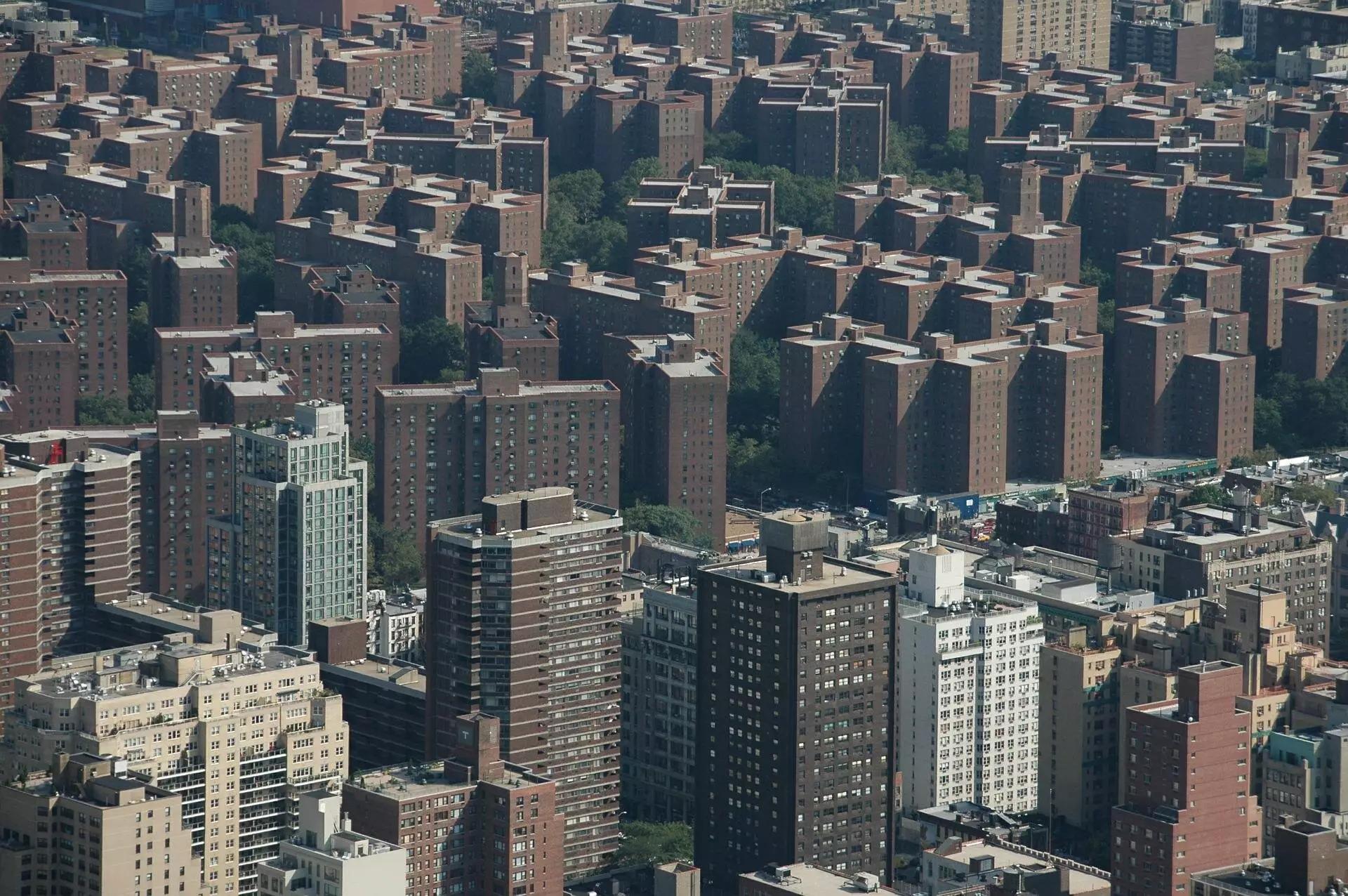A recent groundbreaking study co-authored by experts from MIT has unveiled vital insights into the disparities of air pollution exposure, particularly emphasizing how our daily mobility dramatically alters our interaction with environmental factors. Conducted in the Bronx, New York, this research goes beyond traditional methods of simply analyzing fixed locations—like where individuals live or work. By integrating mobile data, the study constructs a nuanced understanding of how commuting and daily activities influence individual exposure to air pollution. The findings reveal that when accounting for daily travel habits, exposure to fine particulate matter (PM2.5) increases by approximately 2.4%. This pivotal nuance signifies a paradigm shift in how we think about environmental health assessments.
Data-Driven Insights: The Strength of Innovative Methodologies
One of the standout features of this study resides in its rich methodology. Paolo Santi, a principal research scientist at MIT’s Senseable City Lab, articulates the primary innovation: the amalgamation of air quality data with fine-grained mobility information. “That allows us to build trajectories of people’s movement,” he states, highlighting the significance of tracing not just where people stay but also their movement patterns throughout the day. This innovative perspective sheds light on how geographic exposure risks are compounded by daily activities, reshaping how we should approach urban air quality management.
The research is further bolstered by engaging cutting-edge technology. Researchers mounted solar-powered environmental sensors on municipal vehicles in the Bronx, allowing them to gather real-time air quality data. This strategy cleverly repurposes existing civic infrastructure into instruments for environmental monitoring, revealing that city vehicles can act as roving sensors that improve our understanding of air quality dynamics across different neighborhoods.
The Burden of Inequity: Demographics and Exposure Correlation
Perhaps one of the most concerning revelations from this study is the unmistakable correlation between demographics and air pollution exposure. Data indicates that certain neighborhoods, especially those with large Hispanic populations, experience significantly higher levels of particulate matter. Notably, even within these communities, exposure levels can vary dramatically. This suggests that issues of environmental justice are deeply entrenched, with marginalized groups disproportionately bearing the brunt of poor air quality.
The Bronx deserves special attention; it consistently ranks last for air quality among all New York City boroughs. The consequences are dire: children and adults in this region suffer from asthma rates that are 2.5 times higher than their peers in other boroughs. This stark reality poses vital questions about our collective responsibility to address environmental inequalities, echoing the urgent need for policy interventions that prioritize vulnerable communities.
Potential Pathways: Future Directions for Research and Policy
The implications of this research extend far beyond its immediate findings. It serves as a clarion call for cities across the globe to adopt similar methodologies that integrate mobility data with air quality assessments. As Carlo Ratti, director of the Senseable City Lab, highlights, traditional monitoring of air quality can be expanded through mobile data and community engagement, allowing for unprecedented levels of granularity in environmental monitoring.
Moreover, An Wang’s insights pave the way for future studies that can encompass additional pollutants and hazards, expanding the research framework to include a variety of urban environmental stressors. This sets the stage for a more comprehensive understanding of urban health issues and promotes the creation of targeted public health strategies designed to mitigate risks for at-risk populations.
Despite conducting the study during the COVID-19 pandemic, during which mobility patterns were altered, its findings remain relevant and timely. They emphasize the need for sustainable urban development strategies that consider not only the ecological footprint but also the health outcomes of diverse populations. As cities evolve and adapt to post-pandemic realities, integrating air quality and mobility data will prove essential for safeguarding public health.
The study represents a monumental leap forward in understanding the interplay between urban mobility and air pollution exposure. With sophisticated methodologies and a focus on social equity, it lays the groundwork for more thorough environmental health assessments in urban settings worldwide. Embracing this research equips us with the tools to create healthier, more equitable cities for future generations.

